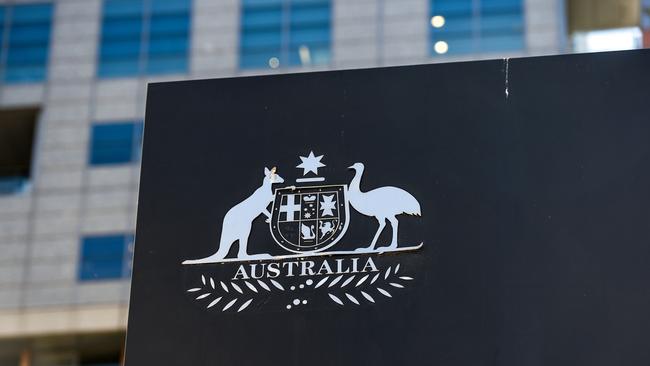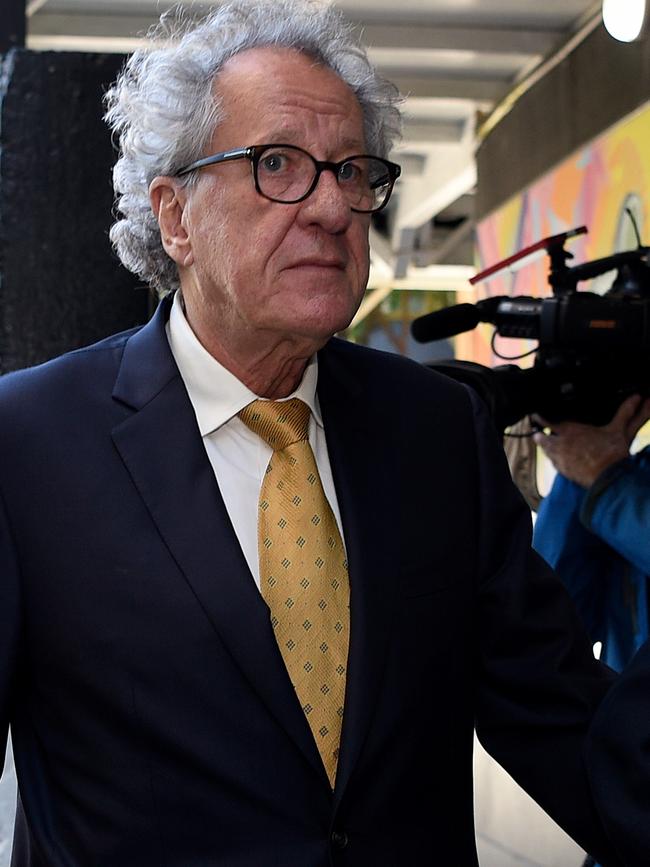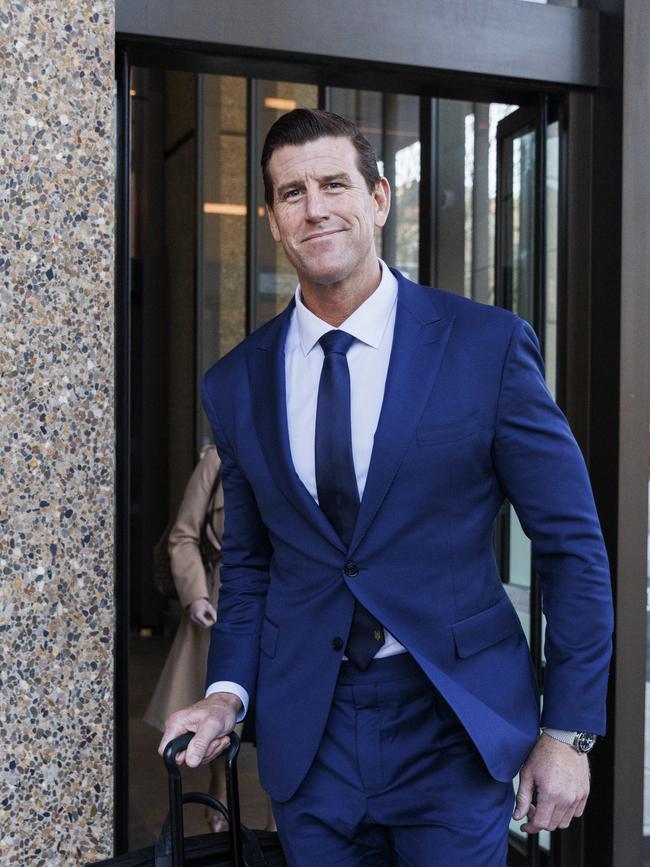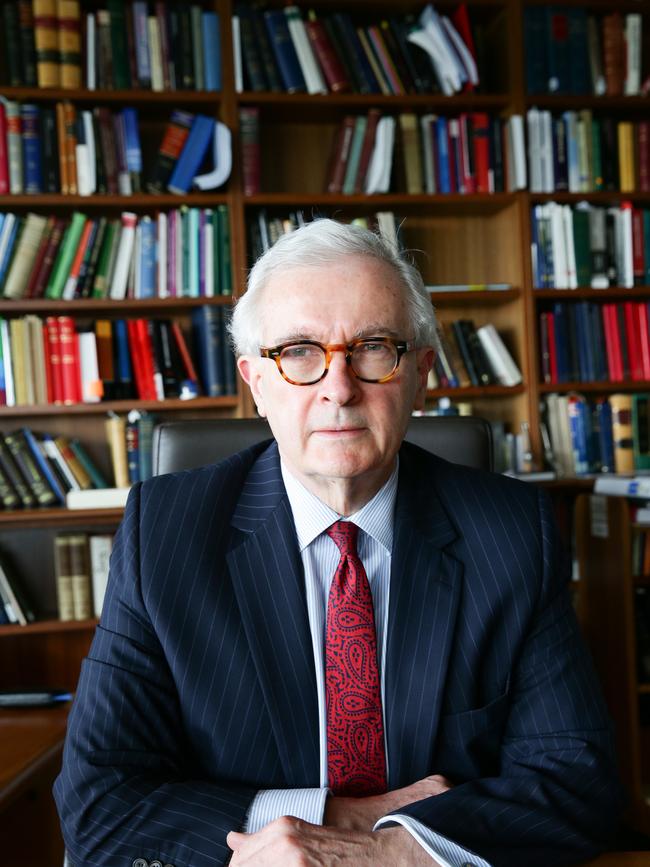How new Federal court rules will conceal cases like alleged $10m carpark rort
The Federal Court has heard claims that a former parking boss defrauded it and sent money to Hungarian soccer sides — but now judges want to stop similar stories being told.

National
Don't miss out on the headlines from National. Followed categories will be added to My News.
Opinion: The Federal Court might be the biggest court you’ve never heard of.
And you’ll be hearing a lot less of it, if its fifty-odd judges have their way.
At stake is your ability to read about big cases before the court, like the one News Corp brought you this week in which Care Park has taken its former boss, Robert Belteky, to the Federal Court and accused him of defrauding it of $10m over 10 years and funnelling cash to Hungarian football clubs.
They’ll become much harder to tell - and in some cases impossible to tell - due to a decision to radically reduce public access to court documents that the judges made at a secret conclave in December.
It’s a decision they didn’t consult anyone about and didn’t reveal until it took effect on Friday.
And it matters to you because the Federal Court hears some of the biggest and most important cases in Australia and because its secrecy is likely to encourage other courts to also slam shut their doors.
If they’re unfortunate enough to tangle with the law, most Australians are likely to find themselves in a run-down suburban magistrates court, rather than one of the Federal Court’s tastefully modern hearing rooms.
But the institution is an increasingly important part of the justice system.
In recent years, it’s become the preferred destination for high-profile Australians including Geoffrey Rush and Ben Roberts-Smith to sue for defamation.


It is also the preferred court for the regulators - the Australian Securities and Investments Commission, the Australian Competition and Consumer Commission and AUSTRAC - to launch their lawsuits against big companies they accuse of wrongdoing.
The dirty dozen Westpac customers who were allegedly sending money to South East Asia “consistent with child exploitation typologies”? We only learned about them because AUSTRAC put it in a statement of claim filed with the court in 2019.
Statements of claim, which set out the allegations someone is bringing to court, and originating applications, which set out what they want the court to do about it, are the most basic court documents that exist because they start off the whole process.
Yet it’s precisely these kinds of documents the court now doesn’t want anyone seeing in a timely fashion.
Under the new rules, the public can’t see these documents until there’s a first hearing in the case. This usually takes weeks, and if the parties manage to settle their differences in the meantime may never happen at all.
Worse, the court has explicitly said that the delay is to allow time to file an application for a suppression order, further reducing what’s on the public record.
So much for the principle of open justice. Open justice, which judges love to talk about in public speeches but tend to like less when ruling from the bench, is supposed to be one of the overarching principles of our legal system.
It recognises that justice must be seen to be done, which means opening up the courts so that the public can see what’s going on. Speaking publicly, judges have recognised that it is a fundamental attribute of a fair trial and that their decisions are fair game for criticism.

Fine words that contrast with the furtive behaviour of the Federal Court’s judges.
It didn’t even bother consulting with anyone about its clampdown, explaining after the fact that the changes “are administrative or internal in nature”.
This is completely untrue. The court’s rash move has huge ramifications for a whole bunch of people.
It’s bad enough for journalists that 58 of us wrote to the Federal Court’s chief justice, James Allsop, on Monday, to implore him to reverse the decision.
But it also threw regulators into a spin. They don’t know whether or not they can continue to publish the statements of claim they file with the court on their websites, as has become standard practice.
Investors will also be in the dark about how serious a regulator’s case could be - it’s not like a company is going to tell shareholders the worst of it of its own accord.
In the end, Westpac ended up paying out $1.3bn to settle AUSTRAC’s money laundering case, so big money is at stake.
The court’s also been unable to provide any reason why the crackdown is needed.
There’s been some talk that lawyers have been filing things with the court that shouldn’t be made public, but that’s not the official line and no-one has a recent example to hand.
And even if it is right, surely the answer is to improve the behaviour of lawyers - journalists don’t write these things, we just report on what’s before the court.
As best anyone can tell, the move has been driven by a group of NSW lawyers.
They’re used to the NSW Supreme Court, which is an information black hole, and seem to want the rest of the country to follow its poor example.
If they succeed, the rest of us will suffer.




